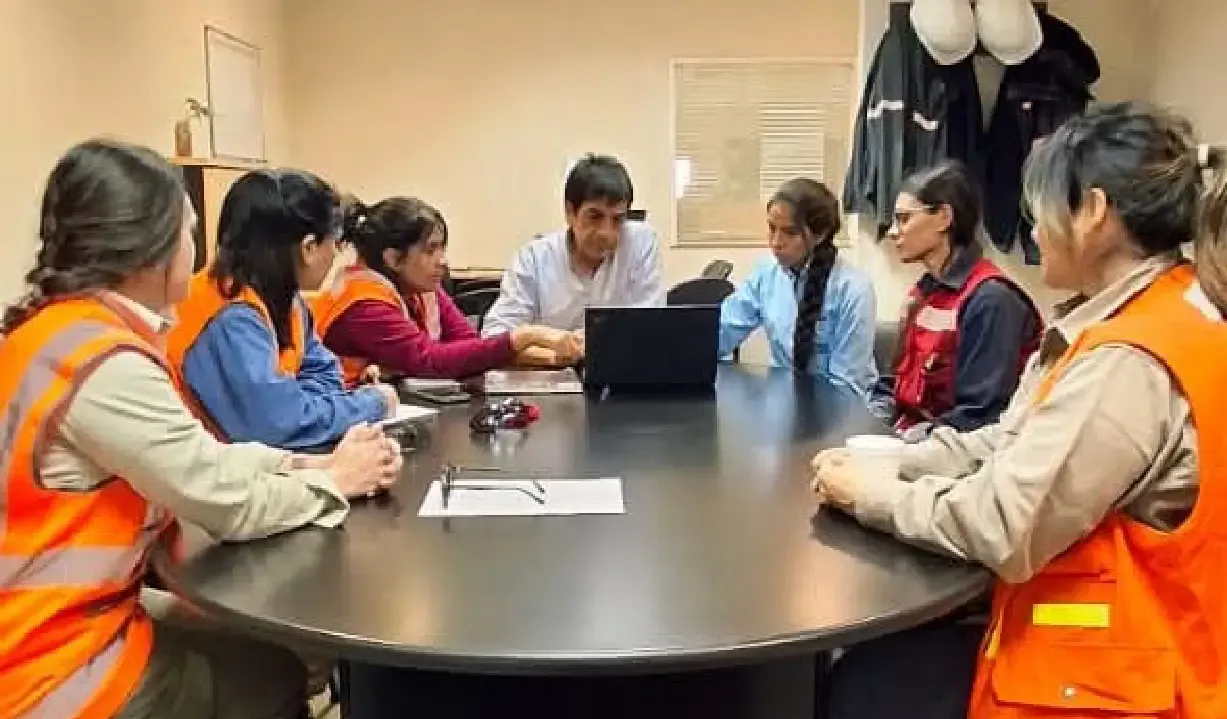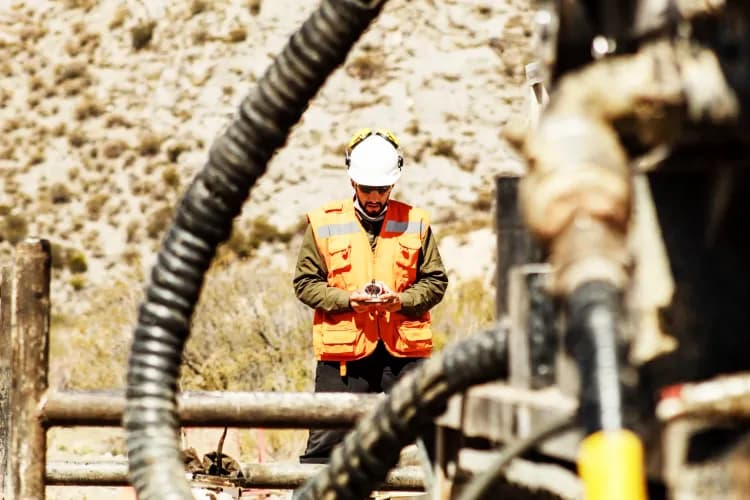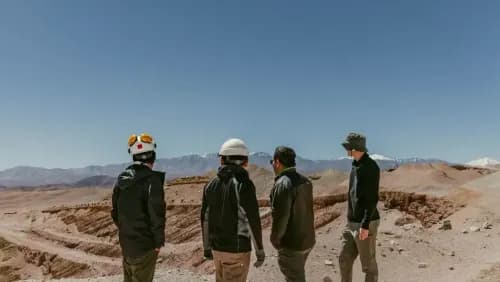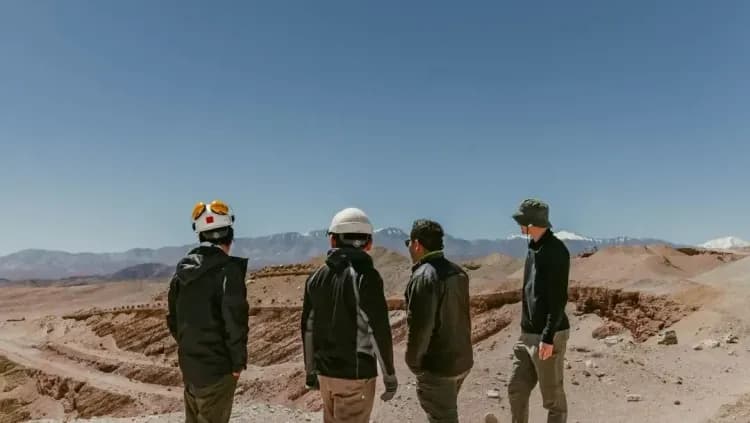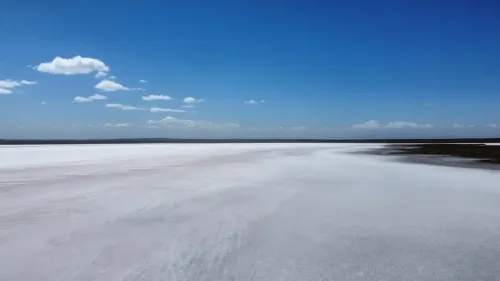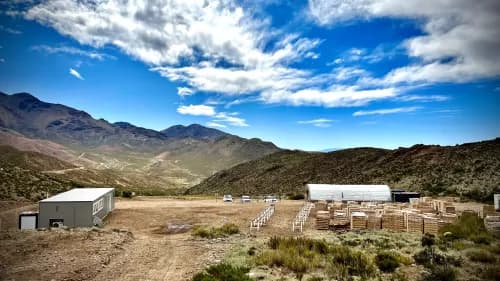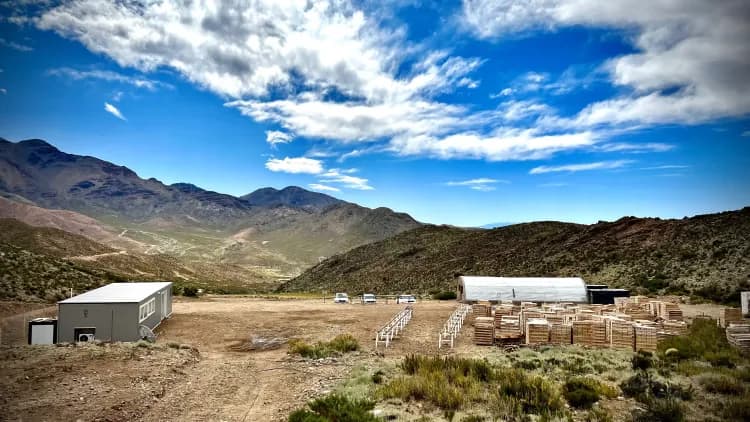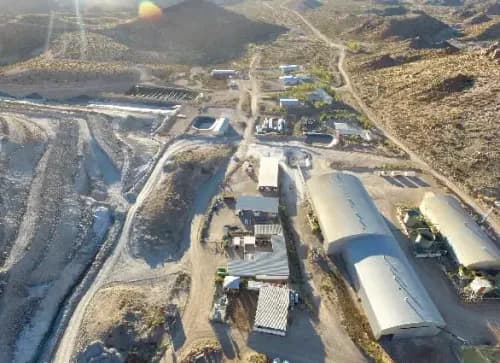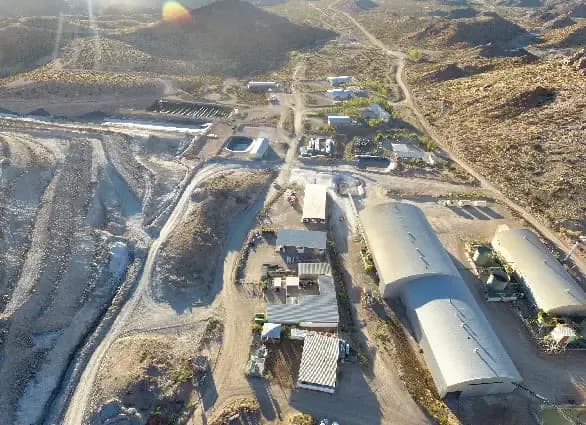Technicians from the Departments of Mine Closure and Evaluation of Special Programs of the Provincial Directorate of Environmental Mining Management (DiPGAM) carried out a new inspection at the Bajo de la Alumbrera Project, which is currently in the stage of progressive closure.
By Panorama Minero
The inspection was carried out together with the site’s environmental team, with the objective of surveying the progress of the works and verifying compliance with the commitments established in the approved environmental reports.
During the visit, key operational areas were inspected, including:
-
B200 Waste Dump – Northern Sector: review of slope shaping activities, sterile material placement, and progress on the final cover.
-
Evacuation road area: verification of the current condition, trafficability, and safety conditions for operational circulation.
-
Areas related to rehabilitation works and hydro-environmental monitoring, where parameters of physical stability and runoff control were recorded.
According to DiPGAM, these inspections are part of the continuous monitoring and oversight process of the activities carried out by the project operator within the framework of the Environmental Closure and Rehabilitation Plan — a mandatory instrument for all mining operations in the country.
The observations obtained — including georeferenced records, verification of technical documentation, and photographic surveys — will be incorporated into the files used by the Province to assess compliance with targets and to define, when appropriate, operational adjustments or complementary remediation measures.
“These instances allow us to evaluate on-site the actual execution of environmental commitments. Our goal is to ensure an orderly, safe, and fully documented closure,” stated DiPGAM representatives.
Bajo de la Alumbrera is one of Argentina’s most significant mining projects, both for its scale and for the progressive closure process it has been carrying out for several years. The Province maintains a schedule of periodic inspections to ensure transparency, public oversight, and traceability at every stage up to the site’s final restoration.
